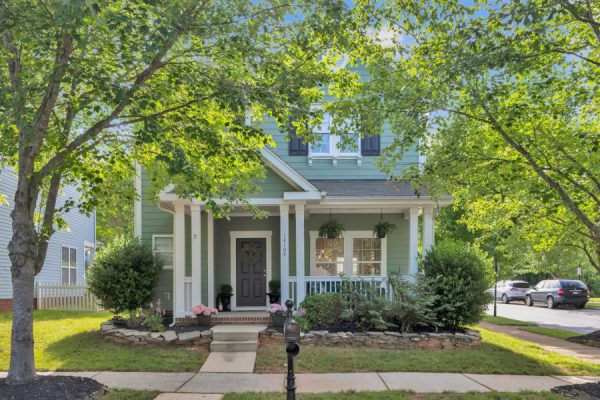Have you ever wondered why Charlotte defies most other cities by calling downtown “Uptown?” Why the NBA team’s mascot is an angry hornet? Or why you’ll see a crown on so much of the city’s insignia? Whether you’re a visitor, a proud native or an enthusiastic transplant who calls Charlotte home, you’re not “official” until you’ve become well-versed on some of the lesser-known ins and outs of the Queen City’s story.
Charlotte looks like a brand new city, but there’s a lot of history here. Its roots run deep in the Old South, way back before the American Revolution. As the New South dawned after the Civil War, Charlotte took off—first as a railroad junction and then as a cotton mill hub.
Today, it is America’s second-biggest banking center—only after New York City—and one of the nation’s fastest-growing metropolitan areas. Newcomers roll in daily from across the United States and around the globe.
There’s a sense of possibility and of change so strong that it’s energizing—and magnetic. Charlotte is a place that asks you to dig in, to find connections and to make history here yourself.
The Queen City
Charlotte calls itself the Queen City. But why? The nickname offers a hint that this community is older than the U.S.
King George III still ruled the Colonies when European settlers chartered the town back in 1768. They named the new hamlet after the King’s wife, Queen Charlotte, and gave the surrounding county the name Mecklenburg in honor of her majesty’s birthplace in Germany.
The Creation of Uptown
If you look at a map of Center City Charlotte today, you’ll still see the grid of square blocks that points to its time under Colonial influence. Tryon, the city’s main street, still carries the name of North Carolina’s Colonial governor William Tryon.
Interestingly enough, Tryon Street does not align to the compass, as in many Colonial towns. Instead, it runs along a low ridgeline with a diagonal slant. That’s because it predates European settlement. Tyron Street follows the Nations Path, the great trading route of the Catawba and other Native American tribes, which ran from Georgia up to the Chesapeake Bay. Today’s Interstate 85 traces that same route.
The Tryon Street ridgeline is the reason behind Charlotte’s custom of calling its downtown “Uptown.” Head to Independence Square at the heart of the Center City; no matter which way you approach it, you’ll be moving gently upward.
Hornets’ Nest of Rebellion
Late in the Revolution, British General Cornwallis swept into town—and soon wished he hadn’t. Local sharpshooters peppered his men mercilessly in the 1780 Battle of Charlotte and the Battle of Kings Mountain nearby.
As he departed, it is said that Cornwallis wrote in his diary that Charlotte was a “hornet’s nest of rebellion.” Today, the hornet and hornet’s nest are popular civic symbols. You will find them on police officers’ uniforms and NBA Charlotte Hornets’ uniforms, among other places in town.



